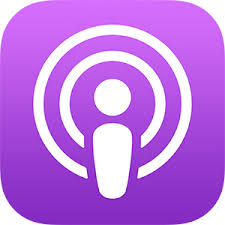Episode 204: Your horse experiences your body.
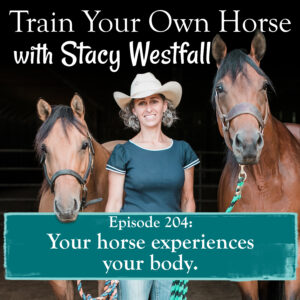
When you work with your horse, you look at his body to understand his full experience. You probably notice his physical responses to your cues, as well as physical clues to his emotional state.
Have you stopped to consider that your horse is doing the same thing?
Just as your horse’s emotional state is reflected in his body, YOUR emotional state is reflected in your body, too.
Rider’s tend to focus on physical cues they give the horse, for example, the application of the rein, leg, or seat aids.
The bigger impression you make is with your energy, which is the expression of your emotions in your body.
As humans, we have a unique ability to disconnect. This can be a problem if we do it when with our horses…because your horse is constantly reading your body.
The best news is that this is a skill.
It is something that can be taught.
It is something you can learn.
Listen and learn more.
SUBSCRIBE TO THE PODCAST HERE:
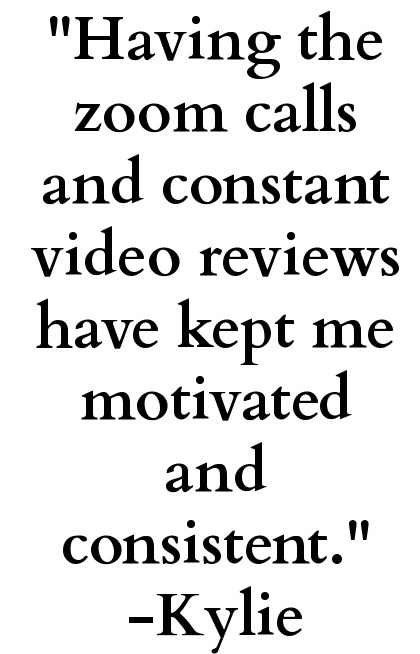
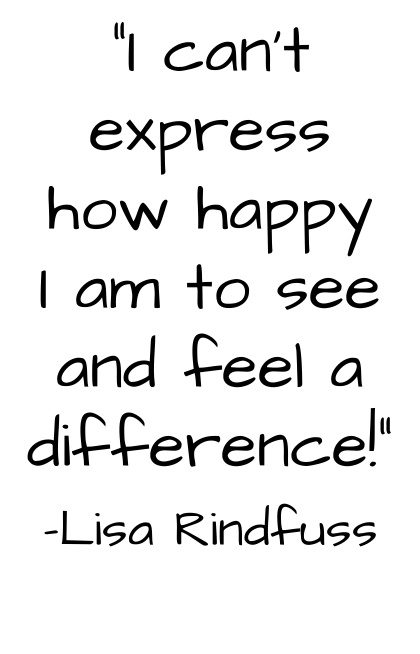
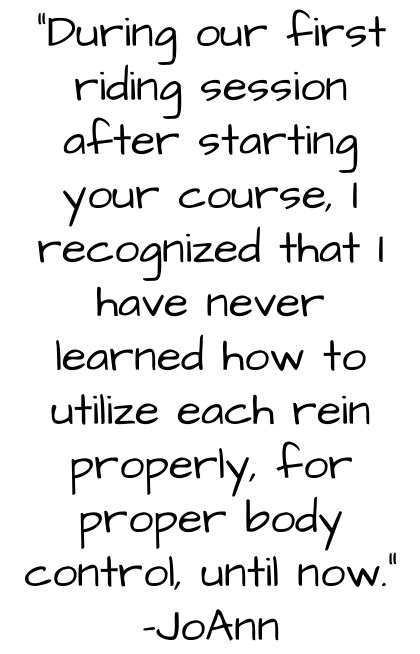
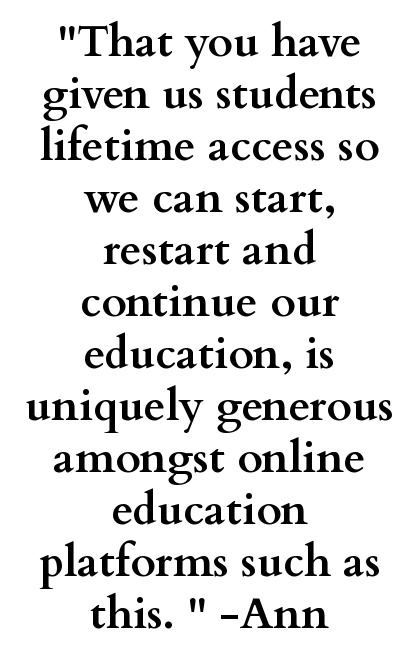
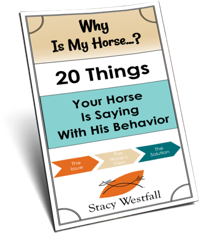
YOURS FREE
WHY IS MY HORSE...?

